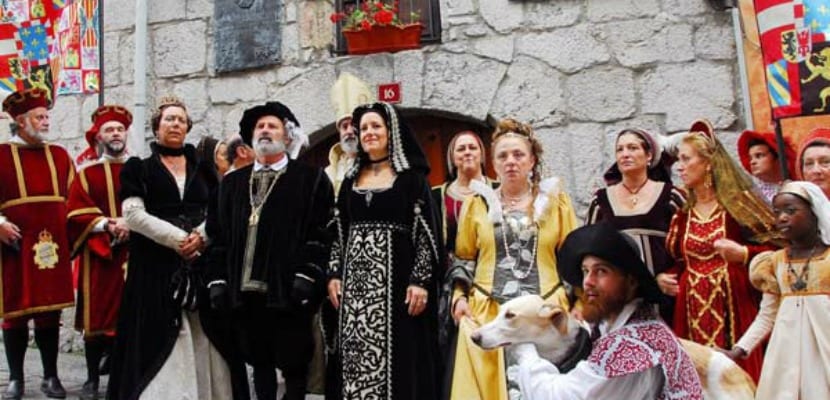
Any time of the year is a good time to embark on an adventure. Next week marks the anniversary of the arrival in Yuste of Emperor Charles V. An important figure in the history of Spain and Europe, about whom a well-known television series has recently been broadcast in our country: "Carlos, Rey Emperador".
In February 1557 and after traveling a long journey through Europe and Castile, King Carlos I arrived at the place he chose to spend his last days. Who was the most powerful man in the world in the middle of the XNUMXth centuryHe was ill with gout and diabetes, so he decided to entrust the government of his empire to his son Felipe II and retire to the monastery of Yuste in Cáceres. A privileged environment located on the southern slope of the Sierra de Gredos.
Relive in first person the path that Emperor Carlos V traveled from Jarandilla de la Vega to Yuste, seasoned with theatrical performances, concerts, good gastronomy and many other activities that will make your trip a unique experience.
Route of Emperor Charles V in Extremadura
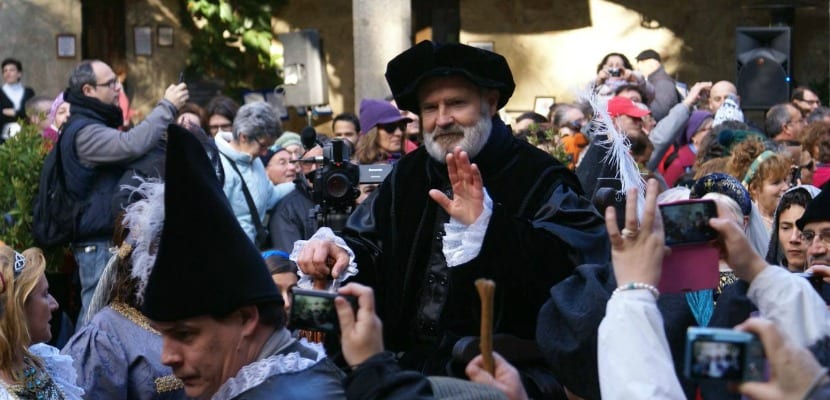
The route of Emperor Carlos V recreates the arrival of the monarch to Jarandilla on November 12, 1556, following the old road that went from Jarandilla de la Vera to Cuacos de Yuste through Aldeanueva de la Vera until arriving at the Monastery of Yuste, a place that Emperor Carlos V ordered to build its dependencies to retire the last days of his life.
Ten kilometers separate both places, those that each year locals and visitors travel to commemorate the so-called route of Emperor Carlos V, declared of Regional Tourist Interest. Although it may seem like a long distance to walk, the route is considered low difficulty.
This year, the hiking route is held on Saturday February 13 and the equestrian route on Sunday 14. A celebration that is the perfect excuse to get to know the monastery and its surroundings.
jarandilla
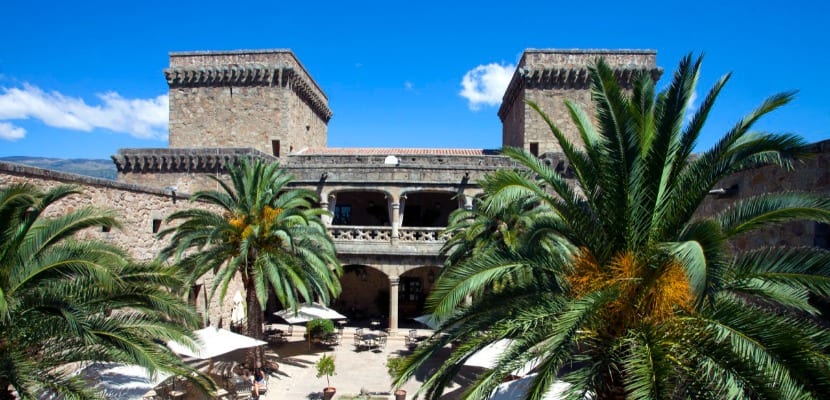
The starting point of the Emperor Charles V route is at the Oropesa castle, currently Parador Nacional. It is worth visiting its well-kept Palace of Arms and its keep. Before starting the trip, it is advisable to take a walk around Jarandilla to learn about its architectural heritage. The church of San Agustín, the church-fortress of Nuestra Señora de la Torre, the hermitage of Nuestra Señora de Sopetrán, that of Cristo del Humilladero, the Roman bridge and the Picota are must-see places.
The plan begins in the auditorium of Jarandilla with a breakfast with chocolate. From there you start the route enlivened by musical performances and regional dances. Once on the way, when you least expect it, you will have reached Aldeanueva de la Vera.
Village of Vera
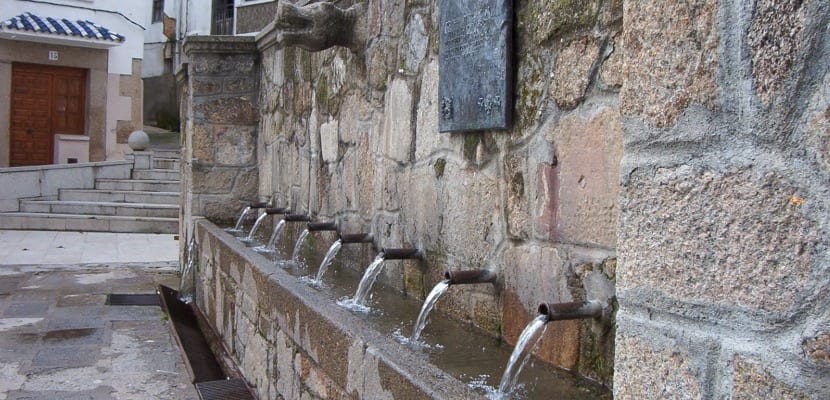
In this town you have to visit its rectangular bullring, the church of San Pedro with its parochial museum, the Bishop Godoy palace and the fountain of the Ocho Caños, from where the route will resume towards Cuacos de Yuste, a municipality considered a Historic-Artistic Complex.
Cuacos of Yuste
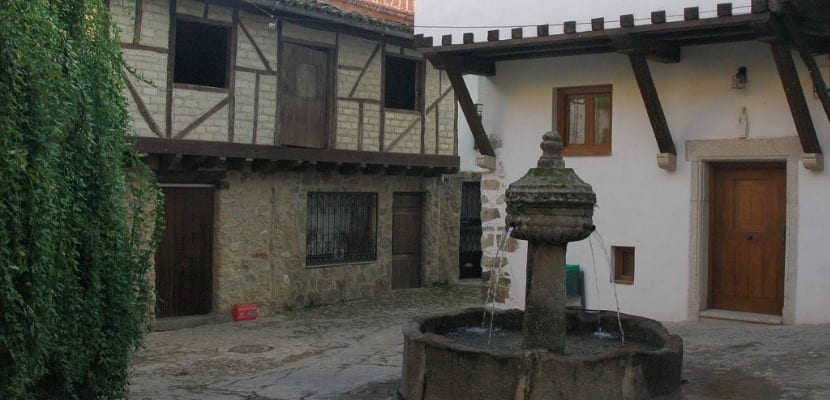
In Cuacos de Yuste you should not miss the parish church of La Asunción, located in the old Jewish quarter, the Plaza de la Fuente de los Chorros and the house of Don Juan de Austria, illegitimate son of Emperor Carlos.
Yuste Monastery
At this point, all that remains is to travel the final section that leads to Yuste monastery, next to which the monarch ordered to build the palace in which he would live the last years of his life. On February 3, 1557, the king entered Yuste. The route of Emperor Carlos V, a festival of tourist interest in Extremadura, commemorates every year in February that last trip from the Palace of the Counts of Oropesa, in Jarandilla de la Vera, to the monastery.
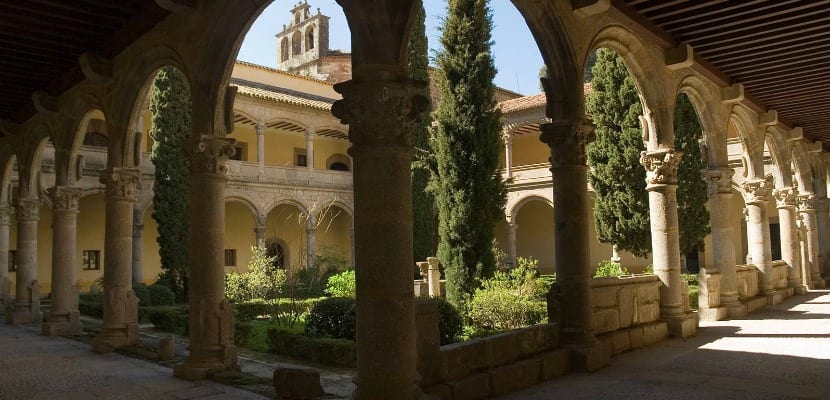
The Yuste monastery was founded at the beginning of the XNUMXth century and in it the austere monks of the order of the Jerónimos lived. This building underwent a great reform to adapt its rooms to the needs of an emperor. One of the most interesting and intimate places is the royal bedroom, located next to the church choir so that Carlos I could listen to mass from his bed, where he was prostrate due to his health problems. In that place he would die on September 21, 1558.
After years of neglect, Yuste monastery belongs to National Heritage and is open to the public. You can visit the church (which celebrates religious services on Sundays), the two cloisters, the orchard and the gardens. There are also guided tours to know the dependencies and the Artistic Historical Museum. The basic ticket costs 9 euros and the reduced 4 euros.
The royal monastery of Yuste is currently the headquarters of the European Academy of Yuste Foundation, dedicated to promoting the spirit of union in Europe.
In Yuste you can also visit the German cemetery, where the bodies of some ex-combatants from the First and Second World Wars rest, the Cruz del Humilladero, the Cenobio, and the emperor's house.